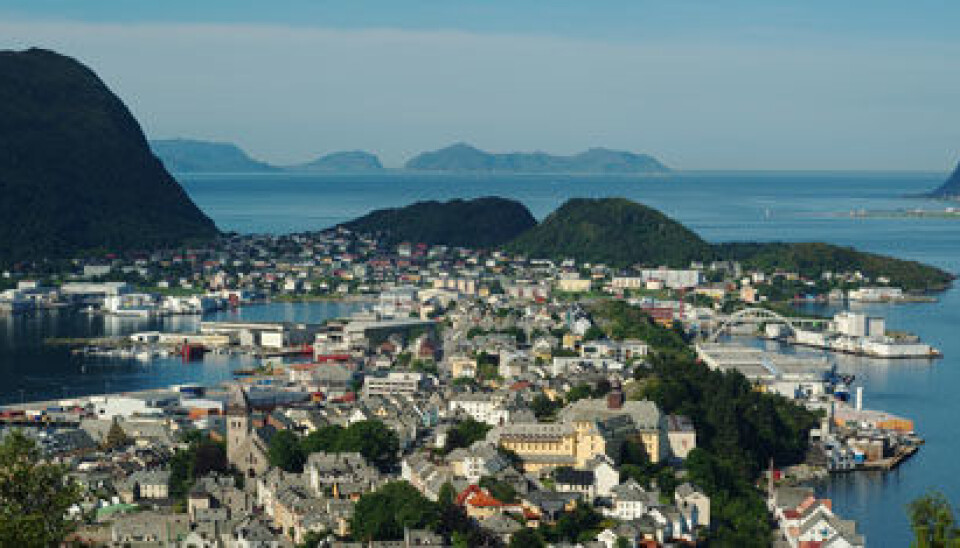This article was produced and financed by The Research Council of Norway

Urban Norway on the rise
Norway’s urban regions continue to grow steadily. Yet these regions are receiving little attention from the government and are rarely represented in public administrative documents or legislation.
Denne artikkelen er over ti år gammel og kan inneholde utdatert informasjon.
This is the conclusion of Dr Einar Leknes, research director at the International Research Institute of Stavanger (IRIS).
Leknes, along with an interdisciplinary research team, has recently completed a research project on the new regional Norway.
He points out that neither the ongoing reform process in the government administration, relating to the act on amendments to government administration legislation, etc., nor other state district and regionalisation policies take adequate account of the dynamic developments currently taking place in urban areas.
People move to large cities
Leknes and his colleagues have studied urban areas from the south of Norway and northwards along the coast all the way to the northernmost county. He feels there is a pressing need for more research to shed light on the status of urban areas in Eastern Norway.

"Such research is important – especially in light of the current political debate concerning the country’s municipal structure,” he says. “The Confederation of Norwegian Enterprise (NHO) recently presented results from an analysis indicating that a substantial number of Norway’s small municipalities will have disappeared within 30 years as a result of the population trend. People move to large cities because that’s where they find work."
A fourth tier of governance
The interdisciplinary research team has found and documented new types of coordination and partnership now taking place in and around the largest cities. They strongly affirm that urban regions are emerging as a new political tier.
Leknes explains that this has all taken place outside the context of government district policy.
“We would claim that an informal fourth level of governance can be seen in some parts of the country. With this in mind, we have mapped urban government power structures and compared them against the traditional elected levels of administration".
Norway currently has larger-scale urban regions - Oslo, Bergen, Trondheim, Stavanger and Kristiansand, as well as the mid-size urban regions of Tromsø, Aalesund, Haugesund, Skien/Porsgrunn and Fredrikstad/Sarpsborg.
Services across city limits
With cities expanding beyond municipal boundaries, local governments have been forced to collaborate to determine how to handle the growth and how to establish the necessary infrastructure, Leknes explains.
"The people living in urban areas are not dependent on the municipality they reside in. Service industries have already taken notice and they regard the urban region as a whole, overlooking administrative borders."
According to Leknes, not all urban areas have seen superordinate political and administrative structures arise. Many of them have layers of project collaboration, inter-municipal councils, committees and companies promoting developments and carrying out vital public service activities.
He also says that finding out how to maintain democracy in this new context is a significant challenge.
What are the means of controlling various companies and collaborative partnerships? This is the issue they set out to bring to light in the project.
No government focus
The question remains as to why there has been so little focus on urban areas at the state level. Leknes believes it is intrinsic to the government’s district and regionalisation policy.
"The efforts behind the government’s district and regionalisation policy have been poorly coordinated and the push to form regions based on geography are fragmented and lacking in strength.
“The emergence of politically powerful urban areas is a sure sign that the future of regional Norway could just as easily be dominated by urban regions as by geographic regions," he concludes.
-------------------------------------------------
Read this article in Norwegian at forskning.no
Translated by: Glenn Wells and Carol B. Eckmann






























